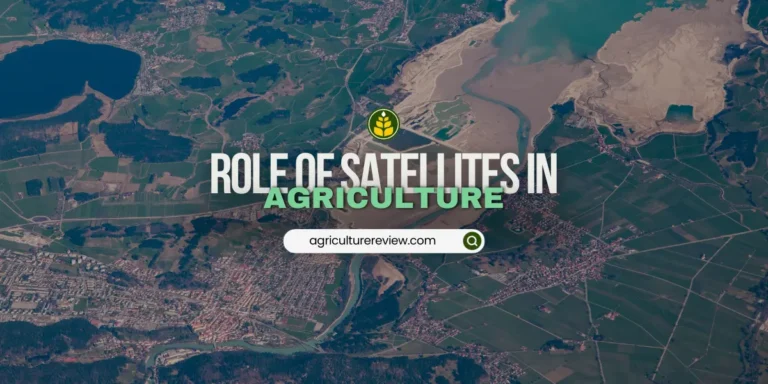Are you preparing for your licensure examination in agriculture? This comprehensive set of 50 questions will help you test your knowledge of agriculture. We are going to launch a set of 50 questions daily for students to prepare for competitive agricultural exams worldwide. This set of questions is especially crafted on the basis of the previous year’s questions asked in the Agriculturists Licensure Examination.
After selecting all the options, you can click on the Check Answers button, which will display both correct and incorrect answers. This will help you analyze your performance and improve your score. All the best for your examination.
NEW SERIES: Agriculture Economics LEA Test Series
MASTER SERIES: LEA Master Test Series
To get a daily doze of questions in your feed, you can subscribe to our newsletter, join our WhatsApp channel, and Telegram. Or you can also click on the bell icon at the bottom left corner of the screen to receive daily notifications!
Subscribe to our newsletter!

Agriculture Questions Set-1
If you have any queries, ideas or suggestions, then please comment below. You can also connect with Agriculture Review on Facebook, Instagram, Koo and WhatsApp Messenger.






It is good practice for incoming Lea Board exam. Thank you
Welcome and All The Best!